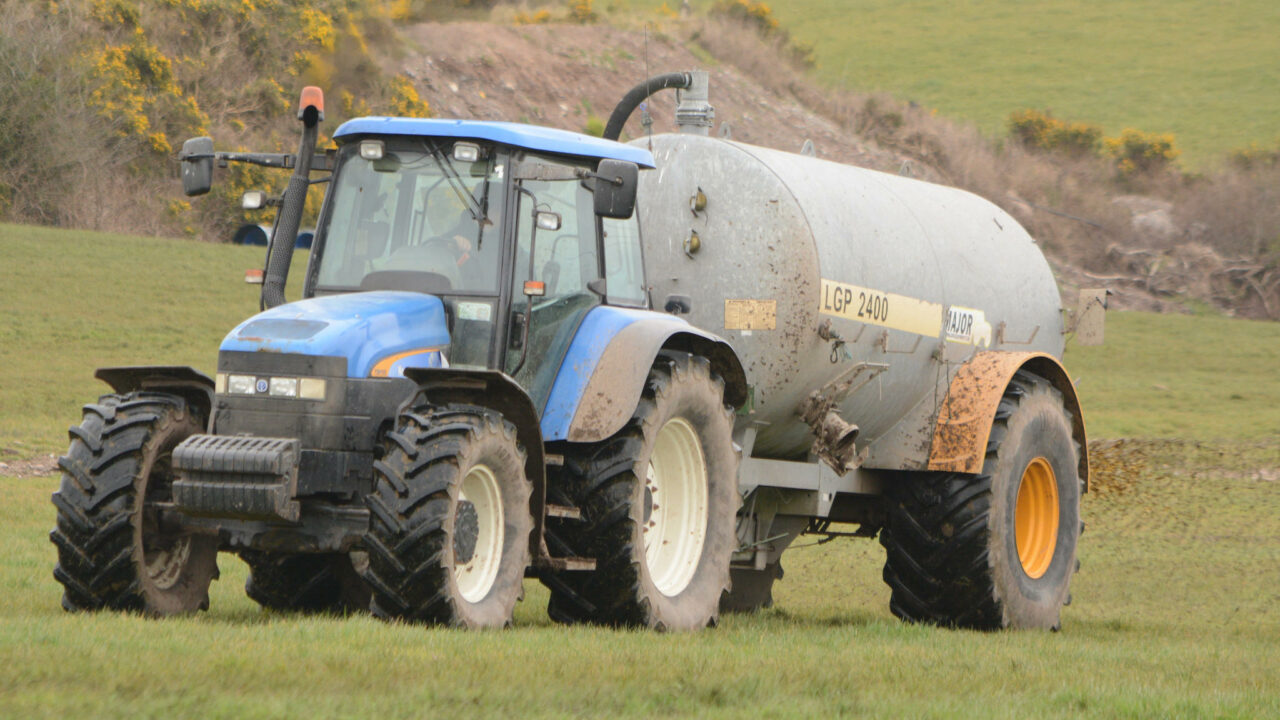The Nitrates Action Programme (NAP) should focus on achieving benefits both for farmers and the environment, according to the Environmental Protection Agency (EPA).
The agency made the argument in its submission to the Department of Agriculture, Food and the Marine, which has been running a consultation on the nitrates derogation.
In its submission document to the department, the EPA said “where possible, amendments to the programme aimed at changing land management or farming practices should focus on achieving multiple benefits – i.e. actions that are good for the farmer, water quality, air quality, greenhouse gas mitigation, climate resilience and nature”.
The agency said that this type of plan could “encourage a farmer-led targeted approach to measures that are effective for different problems in different settings”.
The submission suggested that the whole-farm approach could initially be trialled on derogation farms.
The EPA also argued that the mitigation actions for ammonia and greenhouse gases that have been set out by Teagasc are unlikely to achieve results on their own under Ireland’s environmental targets.
The document also outlines that the “evidence base” should be strengthened. This would entail updating the emission rates for dairy cows, gathering information on manure management, and focusing more sharply on the poultry and pig sectors.
It also recommends improving support and advisory services for farmers.
Farm intensification
The EPA raised concerns that intensification in agriculture was leading directly to what it said was water quality deterioration.
It said that it must be “explicitly recognised” that areas that are more “vulnerable” as a result of farm intensification will “need more careful protection”.
Efficient use of manure
The EPA makes a number of suggestions regarding the application of manure.
These include “reconsidering” the timing of application on freshly cut silage ground, “where the sward is bare and gaseous losses are the highest”.
The EPA also suggests a cap on fertiliser applications be put in place “within the context of operating stocking limits and/or the mandatory use of stabilised urea products”.
A further suggestion is for derogation farmers to be required to keep records on the expansion of their storage capacity for slurry.
The EPA also proposes that the current regulation – that is designed to keep silage bales more than 20m away from a watercourse when they are stored off the farmyard – should be altered to include bales stored at any location, including on the yard (unless there is a collection system in place for the run-off).
The agency concluded its submission by saying that there is “significant opportunity for increased nutrient efficiency and reduced losses to the environment” on large derogation farms.
“Initial implementation and demonstration of the success and benefits for derogation farms in the first instance could provide a knowledge base and stepping stone for wider implementation for other farms,” the EPA argued.
The full EPA submission to the department can be read here.
